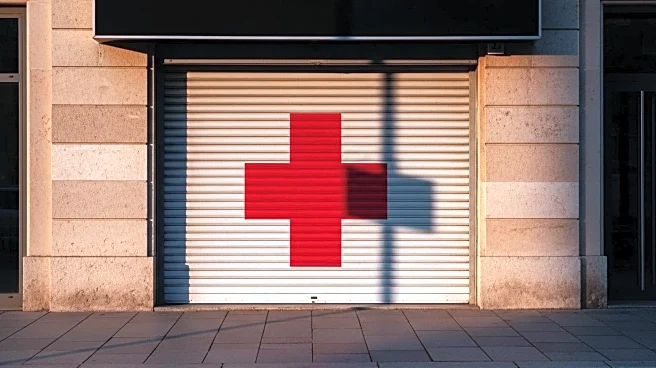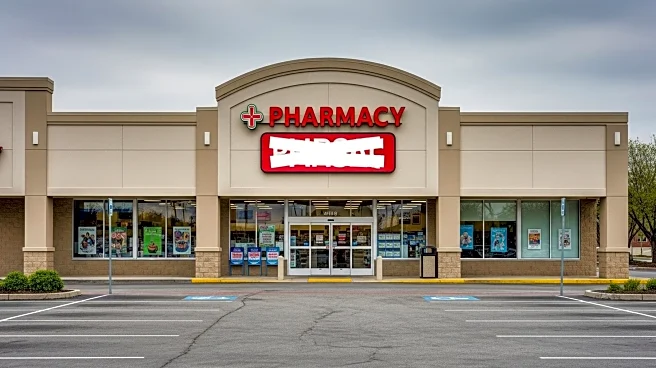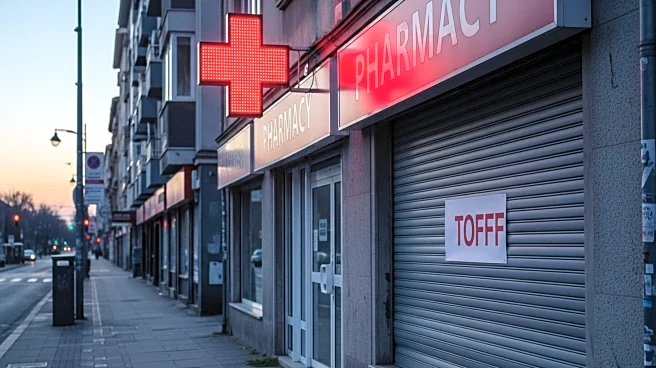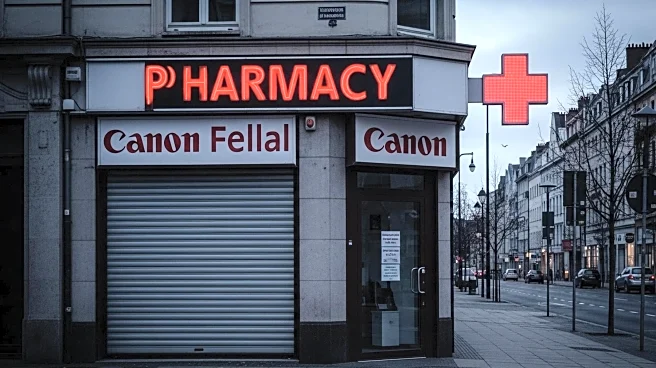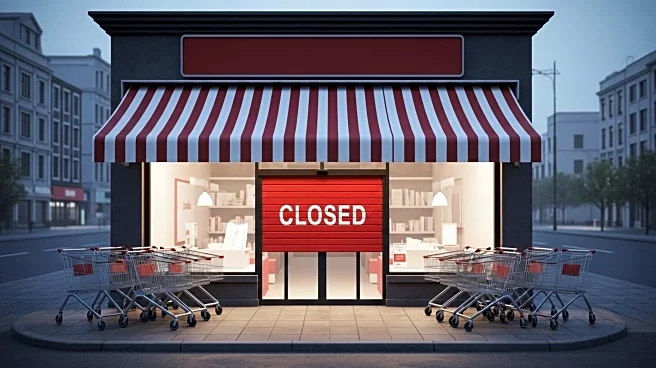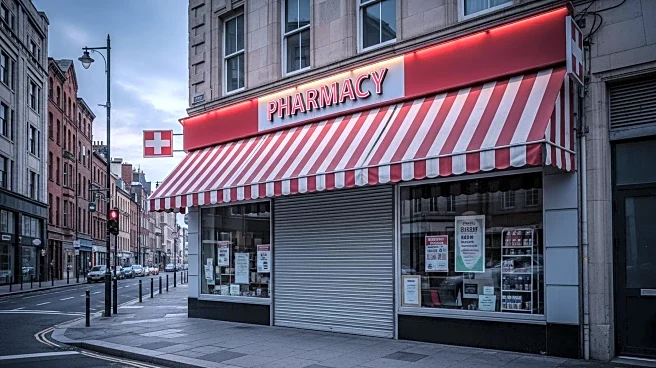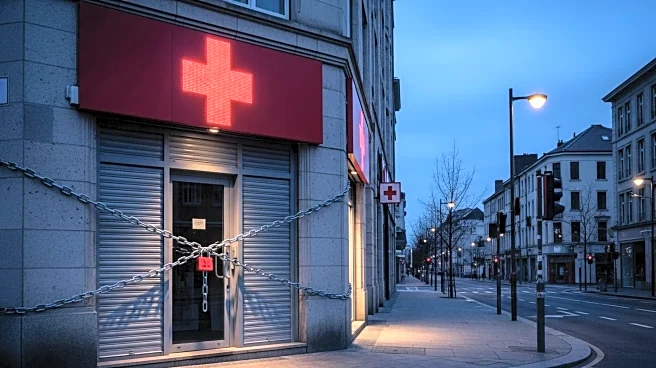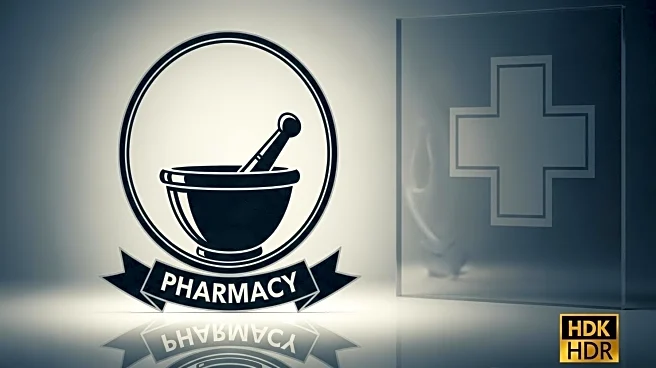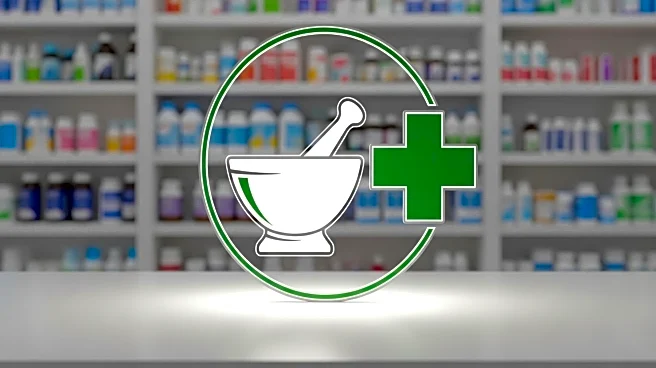What's Happening?
Rite Aid has closed all its remaining stores following its second bankruptcy filing in two years. The pharmacy chain, which once operated over 2,000 stores, has faced mounting debt and competition, as well as lawsuits related to the opioid crisis. Despite efforts to restructure and reduce its debt, Rite Aid was unable to overcome its financial challenges. The company had previously rejected merger opportunities with Walgreens and Albertsons, which might have provided a lifeline. Customers are being directed to alternative pharmacies for their prescriptions.
Why It's Important?
The closure of Rite Aid stores represents a significant shift in the U.S. pharmacy market, affecting both employees and consumers. The company's bankruptcy highlights the difficulties faced by traditional retail chains in adapting to competitive pressures and legal challenges. The consolidation of pharmacy services among major players like CVS and Walgreens may lead to changes in market dynamics, potentially affecting pricing and service quality. The situation underscores the need for retail businesses to innovate and adapt to survive in a rapidly changing environment.
What's Next?
With Rite Aid's exit, competitors are likely to expand their market share, potentially leading to increased consolidation in the pharmacy sector. This may result in regulatory scrutiny and changes in consumer options. Former Rite Aid employees will need to seek new employment opportunities, while customers will have to adjust to new pharmacy providers. The retail industry will continue to monitor the impact of these closures on market dynamics and consumer behavior.

